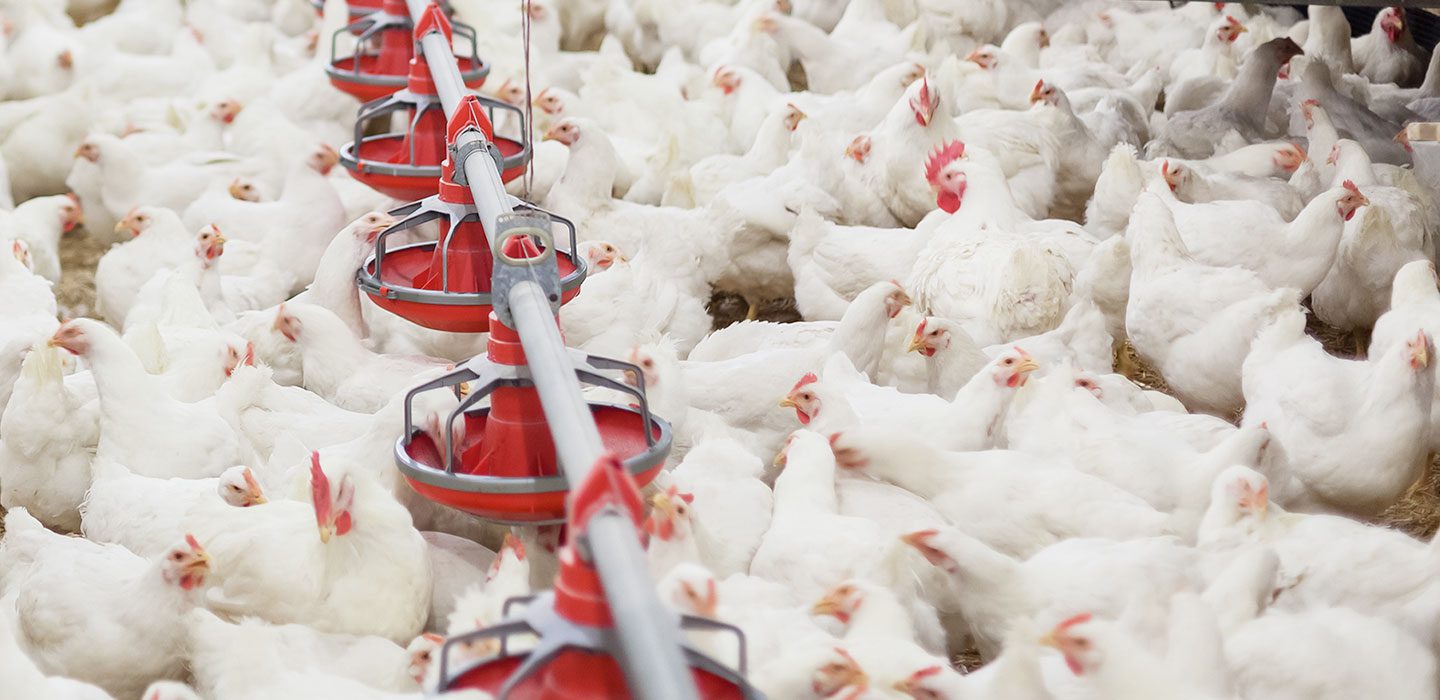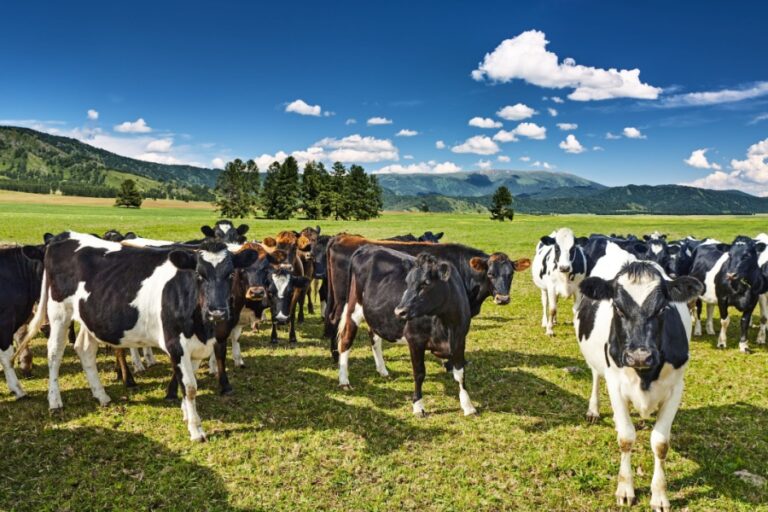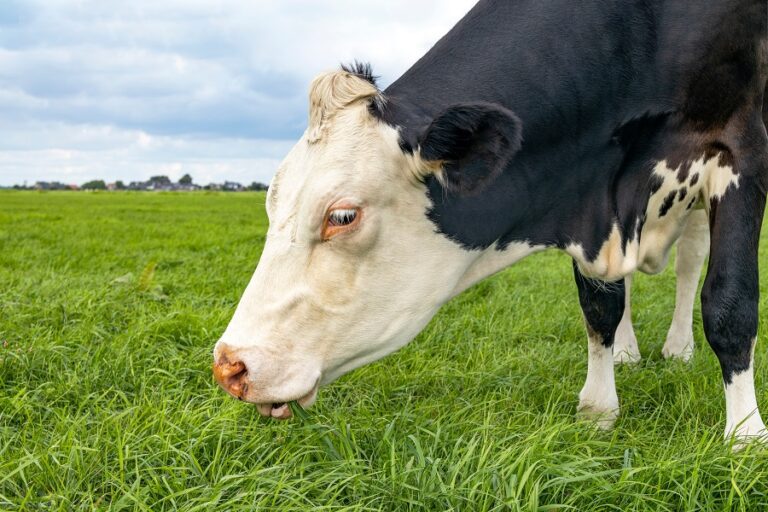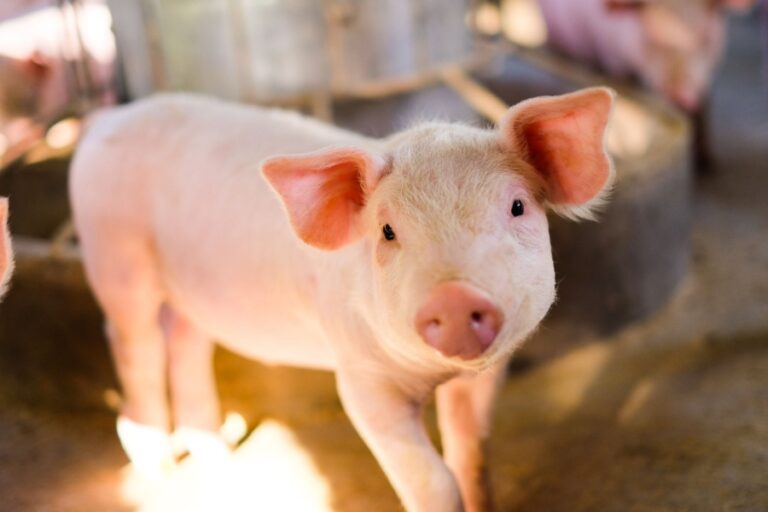‘Tis the Season for Component Production

It’s that time of year again, the days start getting shorter, and temperatures start to drop. We’re all subject to these seasonal changes, and cows are no different. Over the decades, research shows there are strong seasonal patterns to milk yield and composition. Understanding seasonality can provide an opportunity to increase a herd’s milk component yields.
Milk fat percentage is the highest around December/January and drops to its lowest in July (Salfer et al., 2019). Part of the seasonal pattern is the natural lengthening and shortening of days. A cow’s brain keeps track of what time of year it is based off the light signals she receives during the 24-hour day (Salfer et al., 2019). As the days get longer and cows are exposed to more light, their milk component production begins to drop off and the all too familiar spring-time conversations persist on how to avoid a negative swing in milk fat production.
So how do you manage your cows given this unavoidable seasonality and profit merry-go-round?
Track the Seasonal Production of Your Farm: Start with your farm’s component data and establish the seasonal baseline of fat and protein percentages and yield throughout the year. Daily and weekly variation is normal, but seasonal trends should be consistent.
Maximize Your Milk Fat Yield: With components being a major source of income for farms, it’s natural to want to be the highest possible. Understanding what’s seasonally normal for your herd will allow you to use nutritional solutions to maximize your herd’s potential. Have regular conversations with your nutritionist, using the herd’s seasonal data as a base to measure how well the cows are responding to the nutritional solution and if it’s helping cows maximize components season to season and throughout the year.
Feed Solutions Instead of Treating Problems: Knowing that milk fat drops during the summer and heat stress can compromise production even further, use nutritional solutions that can stabilize and increase milk yield despite these seasonal challenges year-round. Utilizing feed additives that can maximize milk fat is a great way to use seasonality for your benefit. You can hit your highest in January and avoid such a significant drop in production come summertime. Don’t forget to maintain good management practices, including air movement, cow comfort, feed bunk management, and water cleanliness and availability.
While nature is working for you this winter, focus on maximizing your milk fat and prepare for the summer drop with MFP® Feed Supplement and MHA® Feed Additive by NOVUS.
Learn more by contacting your NOVUS representative or through our contact form.

Intelligent Nutrition for Your Business
More science. More insight. More inspiration. More ways for you to feed the world.





